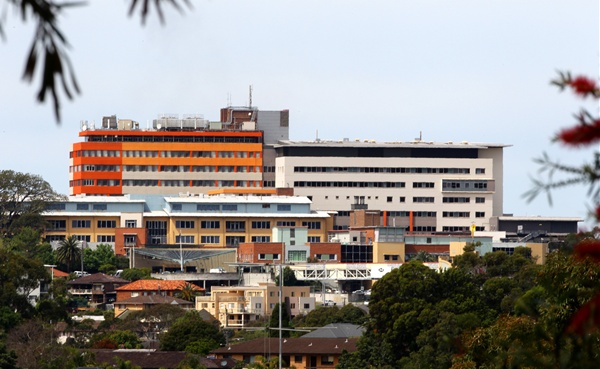Anyone who has experienced a case of the flu will know the severe symptoms it can present. Last year, Australia experienced one of the worst flu seasons in recent history, with the Illawarra region of New South Wales hit hard.
In particular, Wollongong Hospital was inundated with ill patients, urgently needing diagnosis and treatment.
A doubling of cases
“We saw a significant increase in flu tests last year,” says Clinical Director of Microbiology at Wollongong Hospital, Peter Newton.
“To put that into context, we are a medium-sized lab serving a regional city. Last year, in this lab alone, we performed 5,518 tests for the whole calendar year. That was compared to 2,816 tests in 2016. So as you can see it’s double the number of tests.”
But it wasn’t just an increase in test numbers, there was a big increase in positive tests too.
“In 2016, the percentage of positive tests was 16% and in 2017 it was 24%. In numbers that was 455 in 2016 compared with 1,300 in 2017. That shows that it was a significant rise in flu cases, it wasn’t just that we were performing more tests.”
Pathology central to diagnosis
A flu season, such as the one experienced last year, not only puts strains on the wider community but it also puts an enormous strain on the health system and hospitals. And pathology testing is the only way to definitively confirm a case of influenza, which in the hospital setting is particularly important for infection control and bed management.
Fortuitously, upgrades to diagnostic technology at Wollongong Hospital provided much needed support when patient numbers began to rise.
“We were able to accommodate this rise thanks to an upgrade in diagnostic technology. The same instrument and same test were used between the two years but our capacity was increased, which was a part of the NSW Health Pathology, state-wide rollout of the rapid flu diagnostic tests,” says Newton.
“We’d been using this technology in our lab for the two previous flu seasons but we had limited capacity. We could only complete four tests at any one time in our lab. Last year, at the beginning of the flu season, our capacity was doubled, so we could run eight tests at a time. Each test took about an hour on the instrument to do.”
In addition to the diagnostic improvements, the hospital increased its capacity to perform tests by extending testing hours.
“In 2016, testing was performed between 8am and 11:30pm on weekdays and between 8am and 4:30pm on weekends. In 2017, as a part of the state-wide rapid flu testing rollout, we decided to increase that so we could provide the test on a 24/7 basis. We trained up our multi-skilled night shift staff so they could perform the test too which allowed us to test 24 hours.”
These decisions early in the season situated the hospital in a strong position to adapt when cases began to rise.
Preparing for the year ahead
Looking ahead to this season, Peter says vaccinations are vital to helping both the community and hospitals prepare.
“Vaccinations are incredibly important. We need to be vaccinating health care workers, including laboratory staff, and obviously then the community push for vaccinations as well.”

